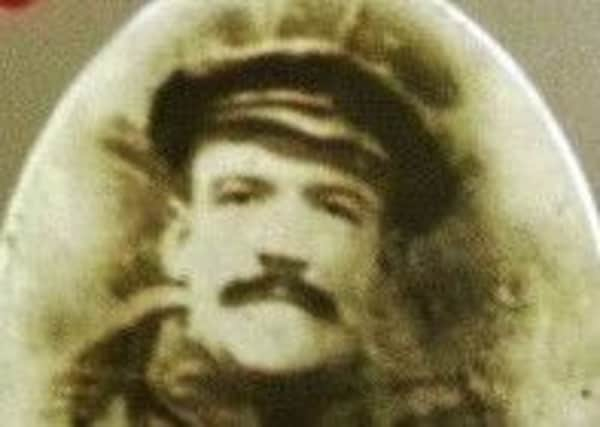Batley WWI hero died in Somme tunnel explosion


Sapper William McManus died on March 1, 1916, while carrying out the dangerous duty of digging tunnels under enemy lines in France.
William was born in Batley in May 1884 to parents Thomas, a coal miner, and Mary.
Advertisement
Hide AdAdvertisement
Hide AdAccording to the 1891 Census the family lived in a one-room house in New Street, Batley.
By 1901 William, along with his five siblings and parents, had moved to a house in Peel Street. The future sapper was by this point working as a hewer in a coal mine.
On September 22, 1915, at the age of 31, William enlisted for service as a tunneller’s mate. He had relocated to Darfield, where he worked at Mitchell Main Colliery.
His employer of two years offered a reference that read: “We have always found him to be a good worker and thoroughly used to any pit he took in hand.”
Advertisement
Hide AdAdvertisement
Hide AdHe embarked on October 4, 1915, and five days later was transferred to the 252 Tunnelling Company.
On November 6 he was made tunneller and sapper with the Royal Engineers.
The company arrived in the Beaumont Hamel Sector of the Somme region of France.
For some months William took up the high-risk job of digging tunnels under enemy lines through the landscape’s chalk sub-strata.
Advertisement
Hide AdAdvertisement
Hide AdGerman soliders were put to similar work and huge mines were regularly detonated to destroy opposition tunnels and positions.
On March 1, 1916, at 11.57am, the enemy detonated a large underground bomb that destroyed 62 feet of the 252 Tunnelling Company’s gallery.
William McManus and two of his comrades were working at the face and were buried by the explosion.
Their bodies were eventually pulled out and they were buried at Auchonvillers Military Cemetery, Somme.
Advertisement
Hide AdAdvertisement
Hide AdWilliam McManus’ story was researched by historian and published author Kenneth Fedzin for Project Bugle.
The Heritage Lottery-funded volunteer group commemorates Batley and Birstall’s fallen WWI heroes a century after their death.
Our papers run Project Bugle stories every month, but newsletters and exhibitions can be viewed at the town’s libraries or by visiting www.projectbugle.org.uk